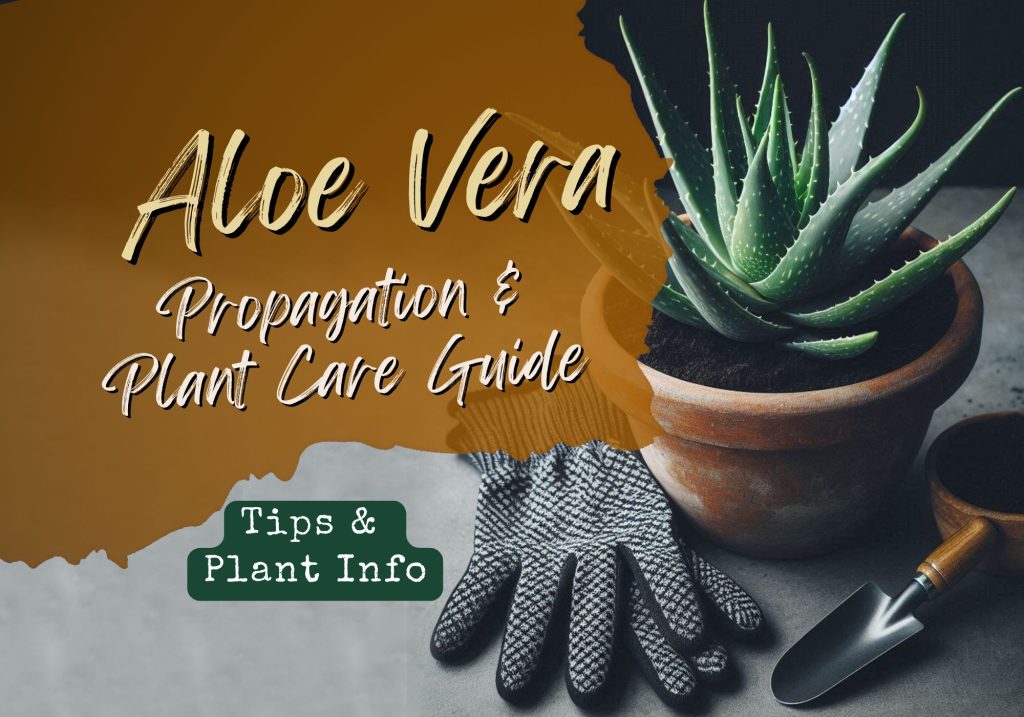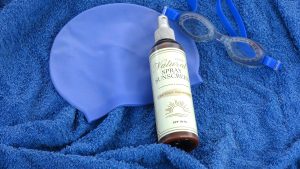Aloe is a powerful medicinal plant that has been used for centuries throughout the world and across various cultures for both internal and external use. It is packed with an array of health-boosting compounds, including vitamins, minerals, enzymes, and essential and non-essential amino acids, to name a few. With its rich blend of nutrients, aloe vera continues to be a trusted natural remedy for promoting overall health and wellness.
Fresh, raw aloe vera plants are ideal for creating aloe vera gel. This gel maintains its healthy enzymes and is the healthiest way to incorporate aloe into your skincare routine or add it to smoothies for a vitamin and mineral boost—especially if you’re growing the edible variety. Unlike some commercial aloe skincare products, which usually heat the gel and may include potentially toxic ingredients, your homegrown aloe gel is pure and beneficial for your skin.
Propagating Aloe vera
There are different ways to propagate and create new plants. The easiest method I’ve found is to create many aloe vera plants by replanting the pups or offshoots of the parent plant. Over time, you’ll accumulate numerous pups, which can sometimes overcrowd your aloe—especially if you’re growing the Aloe Chinensis variety, as it produces pups prolifically. In my case, you can see I have many pups that have grown close to the water tank outside. These pups also grow as offshoots in pots, so you’ll need to separate them from their parent plant to encourage further growth. Plant them while they’re young, and you’ll have plenty on hand to harvest or share with friends. Having multiple plants provides the opportunity to harvest abundantly at your choosing.
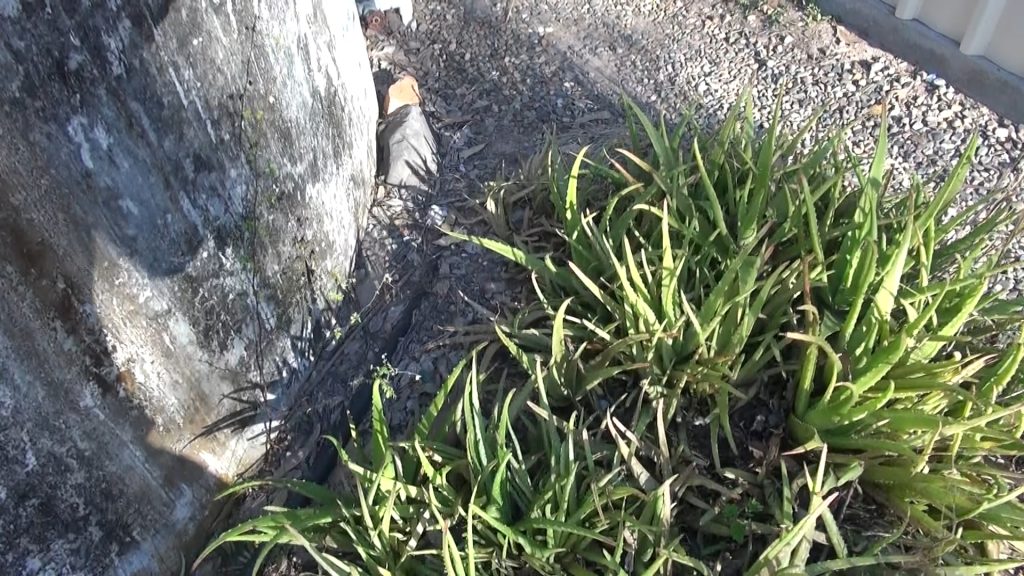
Two Main Garden Varieties: Aloe vera barbadensis Miller and Aloe vera Chinensis
Identifying the exact type of aloe vera plant you’re growing is important when you plan to harvest them for personal use. Some varieties have well-known medicinal properties and are safe for topical use. However, not all aloe species are suitable for ingestion.
Recognizing different aloe plants in your garden can be challenging, especially when two main varieties—Aloe barbadensis Miller and Aloe vera Chinensis—look quite similar, especially when they’re young. If you’re growing aloe for internal use, it’s important to identify the correct species. There is controversy in relation to whether the Chinensis variety is edible. Many sources state that it is only suitable for topical use, although there are farm owners in the Philippines who grow this type of aloe and state that there are misconceptions surrounding it. They say that it is edible and grows just as large as Aloe barbadensis Miller given the proper growing conditions. Watch the video here: Things You Need To Know About Aloe vera Chinensis – YouTube
Let’s focus on the Chinensis variety. 1 Here are its key characteristics:
- Growth and Resilience: Chinensis aloe plants exhibit accelerated growth and greater resistance to extreme temperatures.
- Widespread Availability: They’re among the most famous and easy-to-care-for varieties within the Aloe genus. You can find them almost anywhere in the world.
- Leaf Traits: Compared to barbadensis Miller, Chinensis is smaller, with more leaves. These leaves are thinner and borne differently. Regardless of age, they feature numerous white spots on both sides.
- Flower Colour: The flowers of the Chinensis variety are orange.
- Height: These plants can reach up to 1 meter due to overlapping rosettes that stretch the stem rapidly.
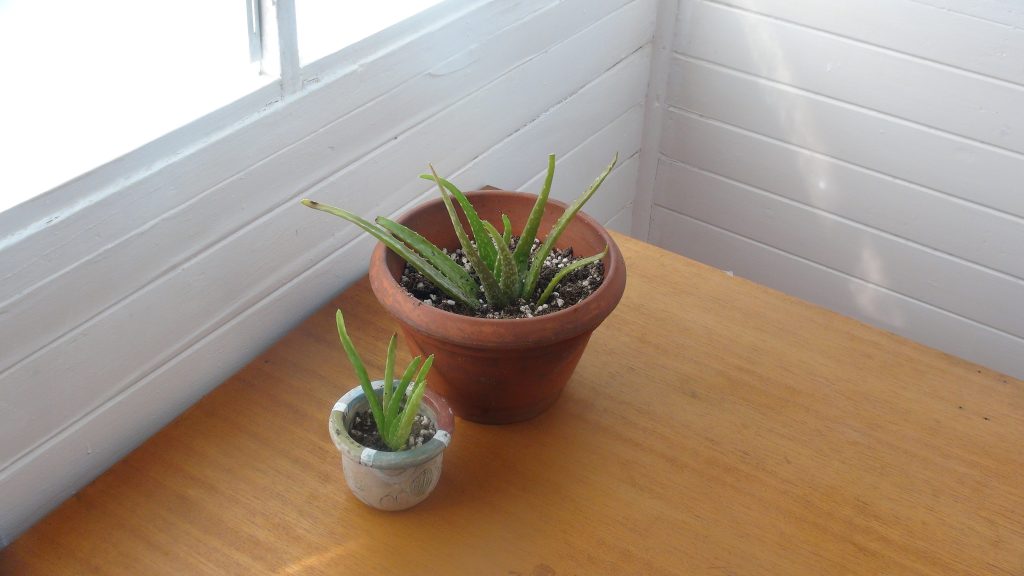
Let’s delve into the Aloe barbadensis Miller variety2, which is edible and propagated in many countries throughout the world. Here are its distinguishing features:
- Leaf Characteristics:
- Thick, wide, and fleshy upright leaves.
- Gray-green colour.
- Arranged in a distinct circular rosette form.
- Younger leaves have white flecks or streaks (similar to chinensis), but these markings fade as they mature.
- Mature leaves are plain in color, without any white spots or streaks.
- Flower Color:
- The flowers of this variety are yellow.
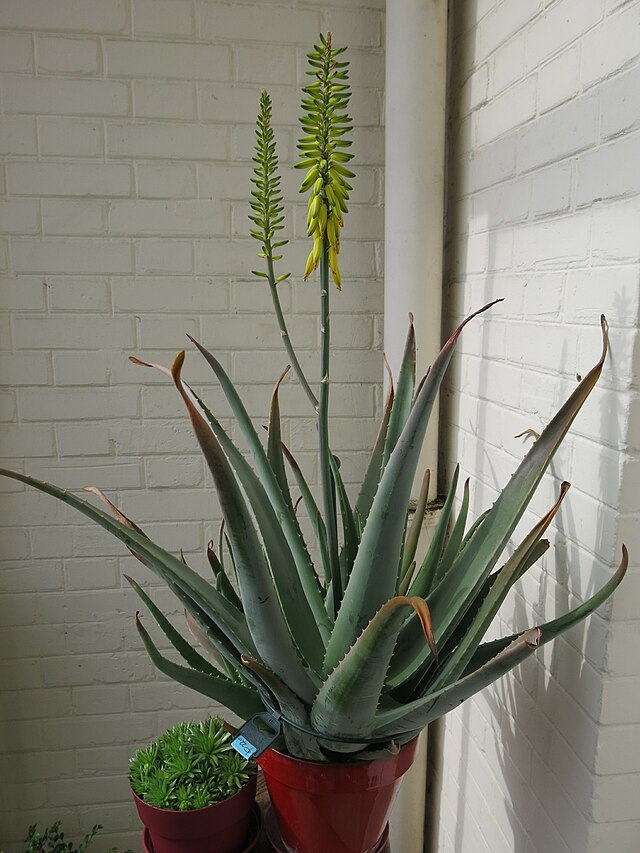
Propagating with Pups
The ideal time to propagate Aloe Vera is during the spring or early summer. 7
Wait until the pups (offshoots) are at least 3-4 inches tall and have a few sets of leaves. Gently remove the pup from the parent plant, preserving as much of its root system as possible.
Plant the pup in a small to medium-sized pot with well-drained soil. If the pup lacks roots, let it sit for 24-48 hours to form a callus, then dip it in a natural rooting hormone (such as aloe gel, honey, or apple cider vinegar). 3
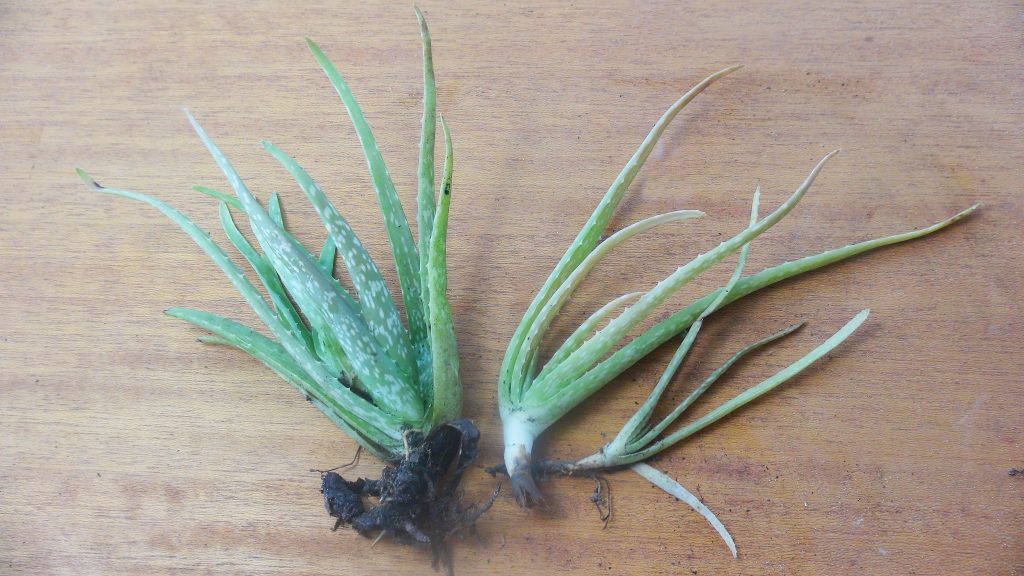
Aloe in Pots
Choose terra cotta pots where possible. Their porous clay material allows better water drainage. Aloe Vera does not need to be re-potted often, but you may choose to do so every 2-3 years or when it becomes root bound.
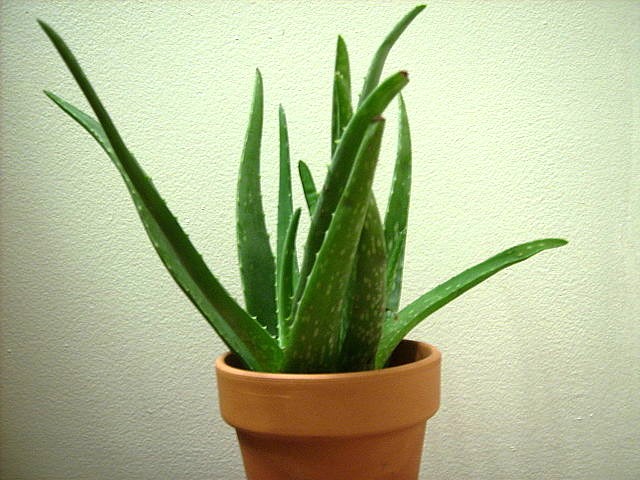
Watering
Aloe vera is drought-tolerant and doesn’t need much watering. When caring for succulents like aloe vera, it’s essential to water them deeply but infrequently. An easy way to test whether you plant needs watering is by placing your finger in the soil to check moisture levels. You will want to allow the soil to completely dry out between waterings to promote healthy growth. During the winter, you will want to reduce watering to one month or less depending on humidity levels. 7
Indoor Growing
Place your aloe near a bright window, but not too close to the glass. The Chinensis variety is a great choice for indoor growing due to its smaller, compact size.
Soil Requirements
While Aloe vera can grow in various soil types, it thrives in well-drained soil. You can create your own mix or purchase a commercial cactus and succulent mix. 4
Here is a simple DIY succulent and cactus mix recipe:
These recipes combine both organic and mineral material.
The first recipe is a simple mix of sand and potting soil. Use coarse sand the type used for landscaping, not beach sand or fine sand as this type of sand contains too much salt. Make sure the potting soil doesn’t have any added ingredients that aid water retention like vermiculite. 5
One part potting soil
soil blend recipe 1
Two parts coarse sand
The second recipe is a mix of potting soil, perlite and sand.
One part potting soil
soil blend recipe 2
One part perlite
One part coarse sand
Mix them all together and you’re done!
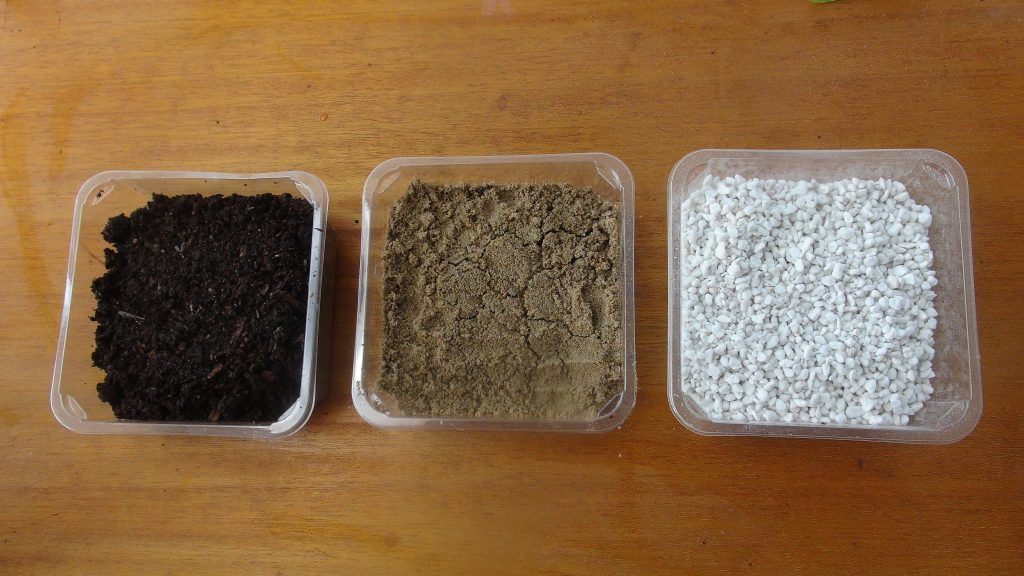
Fertilizing Aloe Plants
Aloe plants don’t need frequent fertilization—once every year in the spring before peak sunlight and growth season is sufficient. Overdoing it can actually harm the plant. Wait 3 months before fertilizing your newly planted aloe. 7
- Choose Wisely: You will want to use a lightweight fertilizer or well-diluted liquid fertilizer. This is because non-diluted or concentrated fertilizers can burn roots and stems. A low nitrogen fertilizer is encouraged for use when feeding your aloe. This is because too much nitrogen produces longer and thinner stems, compared to fleshy and meaty stems. 8
I like to use organic fertilizers like seaweed extract or homemade manure or compost tea.
- Dilute: Always dilute the fertilizer before applying it to your aloe.
Temperature and Light
- Climate Preference: Aloe plants thrive in hot and dry climates.
- Light Requirements: They prefer bright light but not direct sun. They need at minimum of 6 hours of good lighting per day or they become vulnerable to disease.
- Temperature Tolerance: Aloe plants thrive in temperatures between 55-80°F or 13-27°C. Avoid temperatures below 10°C as it is not frost tolerant.
Conclusion
The aloe vera plant is fairly easy to propagate, grow and care for, especially since it doesn’t need much watering. So, what are you waiting for? Now is the time to start growing or expanding your aloe vera collection. Afterall, nothing is more satisfying than having the ‘miracle plant’ right at your doorstep, fresh and ready to harvest whenever you need it.
If you want to learn more about If you would like to learn more about aloe vera benefits, history, uses and plant info, you can read the article here.
Source
1. Aloe vera Chinensis – Ultimate Guide -【2024】The Garden Style
2,4. Identifying and Growing Edible Aloe Vera – Deep Green Permaculture
3. How to Propagate an Aloe Plant (bhg.com)
5. How to Make Your Own Succulent Soil (DIY Recipe Mix!) – Natalie Linda
6. Aloe Vera Food – Fertilizing Aloe Vera Plants Naturally (tipsbulletin.com)
7. The Ultimate Guide to Caring for Aloe Vera: The Succulent of Wellness – Deep Green Permaculture
8. Seaweed Fertilizer For Succulents: We Surveyed 27 Gardeners (findgardening.com)

